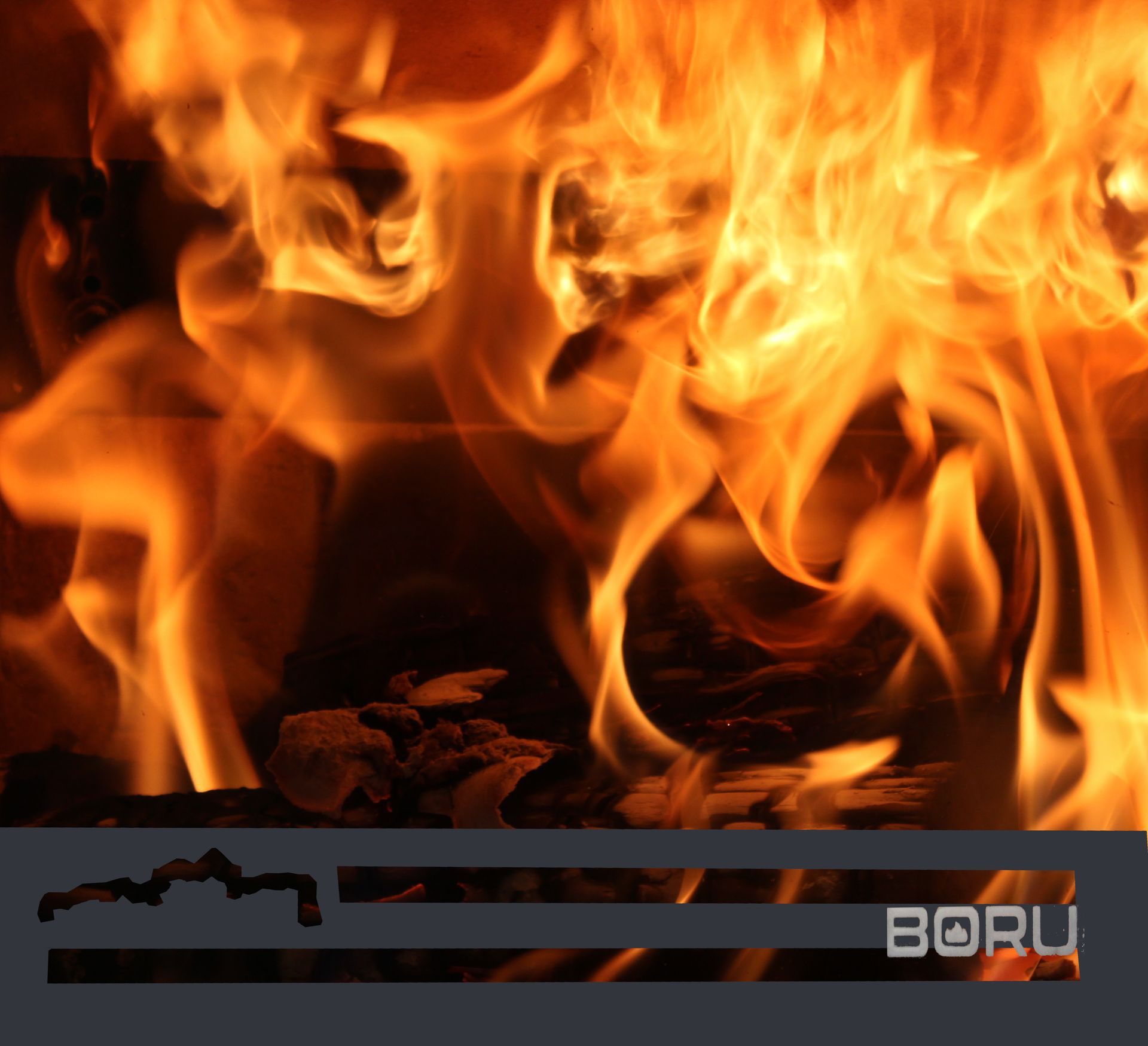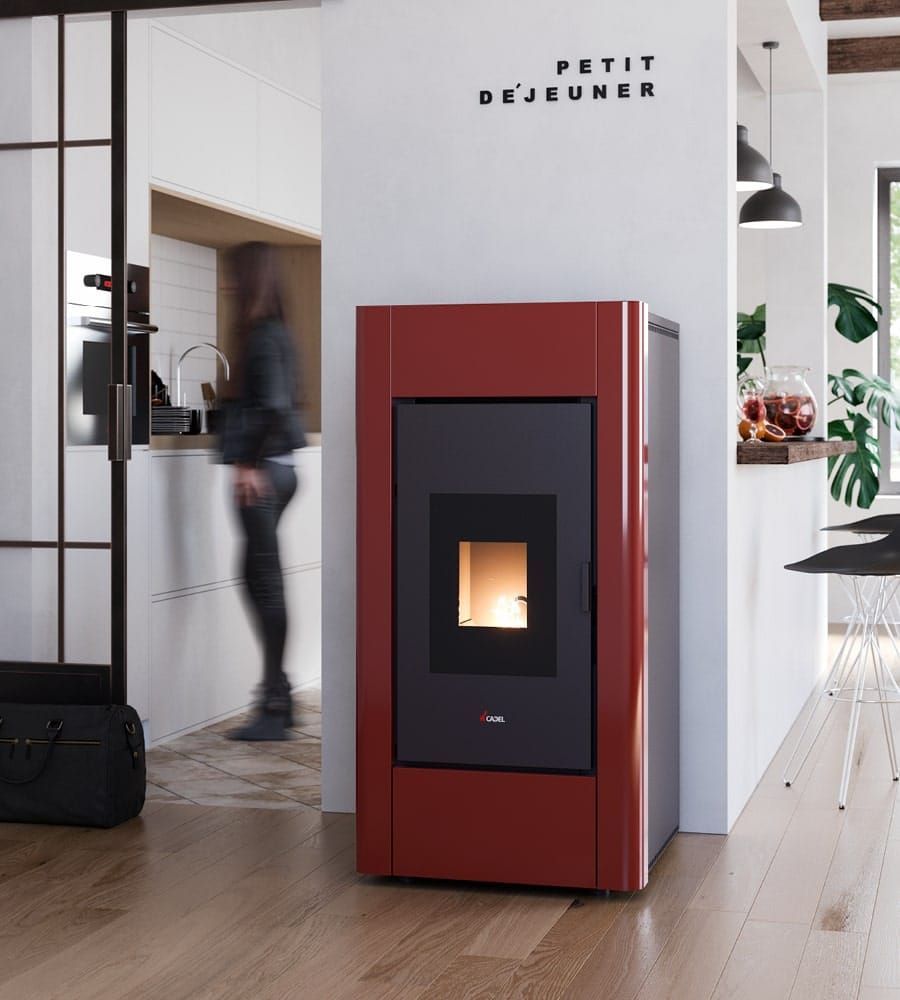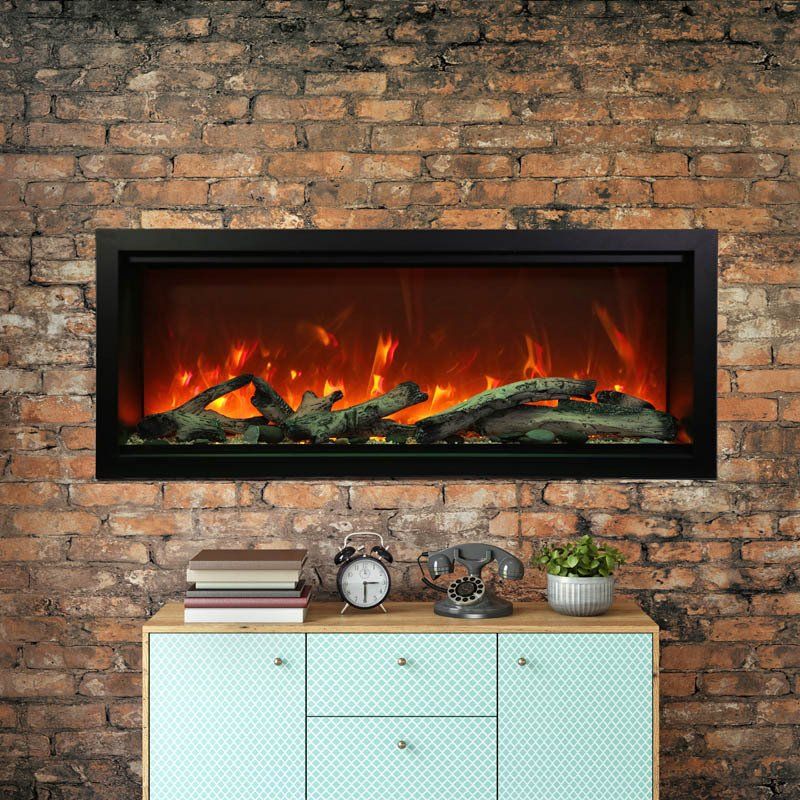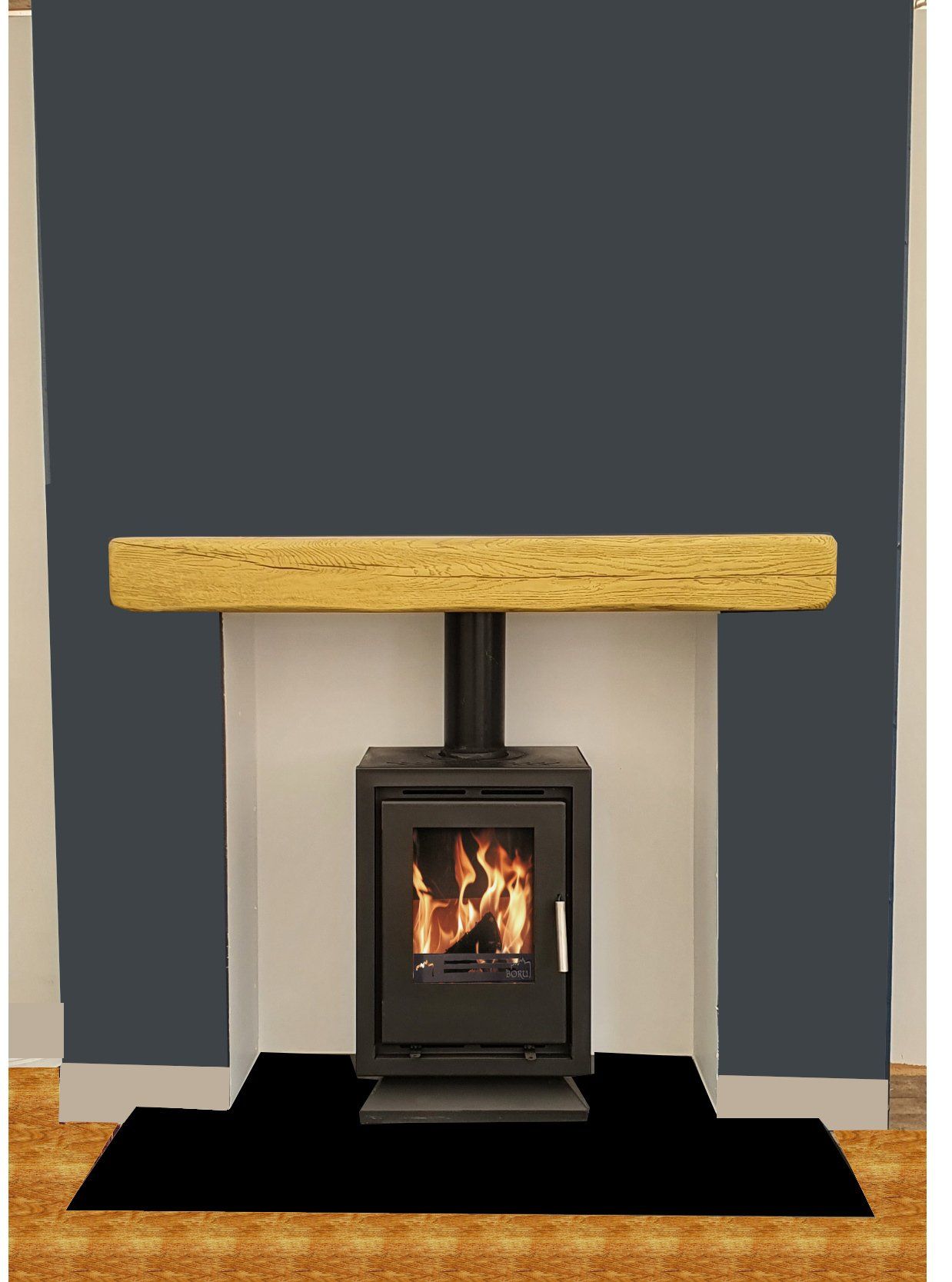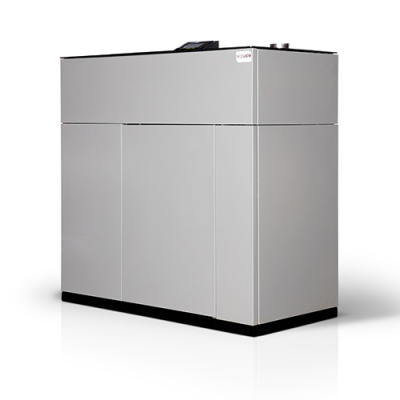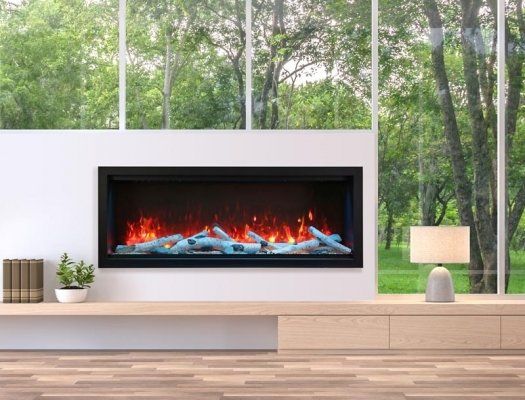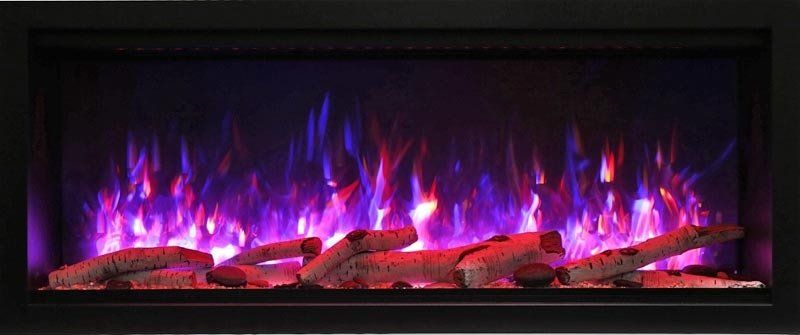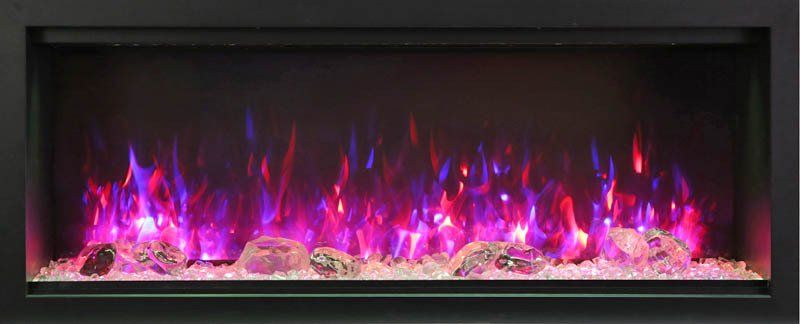Can I Burn Normal Coal in a Inset Stove?

Inset stoves have become increasingly popular as efficient and stylish heating solutions in many homes. These versatile appliances offer an excellent way to keep your living space warm and cozy during the colder months. However, one of the crucial factors in maintaining the performance and safety of an inset stove is choosing the right fuel. In this article, we will explore the question of whether it's advisable to burn normal coal in an inset stove and the considerations that come with it.
Understanding Inset Stoves
Inset stoves, also known as fireplace inserts, are designed to fit snugly into an existing fireplace or cavity, transforming it into a more efficient and aesthetically pleasing heating source. These stoves come in various types, including wood-burning, multi-fuel, and pellet inset stoves. Each type caters to different preferences and needs.
Wood-burning inset stoves are popular for their traditional appeal and the authentic ambiance they create. Multi-fuel inset stoves, on the other hand, provide flexibility by allowing the use of various solid fuels, including wood, coal, and even peat. Pellet inset stoves are known for their convenience, as they burn compressed wood pellets efficiently.
The Role of Fuel in Inset Stoves
The type of fuel you choose for your inset stove has a significant impact on its performance and efficiency. It's essential to select the right fuel to ensure optimal heating and safety. Common fuels used in inset stoves include wood, pellets, and coal.
Types of Coal
Coal comes in various types, but for the purposes of this discussion, we'll focus on normal or bituminous coal. Normal coal is readily available and known for its high energy content. However, it's crucial to understand the characteristics of this fuel before considering it for your inset stove.
Normal coal, often referred to as bituminous coal, contains a higher amount of volatile matter compared to other coal types. This characteristic makes it burn at a higher temperature and produce more heat. While some people consider burning normal coal in inset stoves due to its impressive heat output, it comes with its share of advantages and disadvantages.
Burning Normal Coal in an Inset Stove: Pros and Cons
High Heat Output: Normal coal can produce a substantial amount of heat, making it an attractive choice for homeowners seeking intense warmth during the winter months.
Longer Burn Times: Coal burns more slowly than some other fuels, resulting in longer burn times and less frequent refueling.
Disadvantages and Challenges of Using Coal
Pollution and Environmental Concerns: Burning coal emits pollutants and contributes to air quality issues, making it a less eco-friendly choice compared to other fuels.
Maintenance Issues: Coal can create more creosote buildup and require more frequent maintenance and cleaning of your stove and chimney.
Safety Considerations: Coal stoves need to be operated with care to prevent fire hazards, and carbon monoxide detectors are essential to ensure safe indoor air quality.
Compatibility of Normal Coal with Inset Stoves
Before deciding to use normal coal in your inset stove, it's essential to consider the manufacturer's recommendations and guidelines. Some inset stoves are specifically designed for burning coal, while others may not be compatible due to the higher temperatures and emissions associated with coal combustion. Using coal in an incompatible stove can lead to damage, reduced efficiency, and safety risks.
Alternative Fuels for Inset Stoves
Considering the potential challenges of burning normal coal in an inset stove, it's worth exploring alternative fuels. Two popular options are wood and pellets.
Wood is a renewable and environmentally friendly fuel choice. It burns cleanly and provides a pleasant ambiance with crackling flames. However, wood may require more frequent refueling compared to coal.
Pellets are compressed biomass materials that burn efficiently and cleanly. Pellet inset stoves offer convenience, as they automatically feed pellets into the combustion chamber. They are an excellent choice for those seeking an eco-friendly and hassle-free heating solution.
Safety Precautions When Using Coal in Inset Stoves
If you decide to use normal coal in your inset stove, it's crucial to follow specific safety precautions:
Proper Installation and Ventilation: Ensure that your stove is installed correctly and that there is adequate ventilation in the room to prevent the buildup of harmful gases.
Regular Maintenance and Cleaning: Regularly clean your stove and chimney to prevent creosote buildup, which can lead to chimney fires.
Safe Storage of Coal: Store coal in a cool, dry place away from flammable materials and follow safety guidelines for storing solid fuels.
Carbon Monoxide and Fire Safety Measures: Install carbon monoxide detectors in your home and have a fire extinguisher nearby in case of emergencies.
Regulations and Legalities
Before using coal in your inset stove, check local and national regulations regarding solid fuel burning. Many areas have restrictions or guidelines in place to address air quality concerns and emissions standards. Compliance with these regulations is essential to avoid legal issues and protect the environment.
Conclusion
In conclusion, while it is possible to burn normal coal in an inset stove, it comes with a set of advantages and disadvantages that should be carefully considered. The high heat output and longer burn times make coal an attractive choice for some, but the pollution, maintenance requirements, and safety concerns may outweigh the benefits for others. Ultimately, the decision to use coal in your inset stove should be made with a thorough understanding of the implications and a commitment to safety and environmental responsibility. As an alternative, exploring cleaner and more eco-friendly fuels like wood and pellets may provide a better heating solution for your home.

